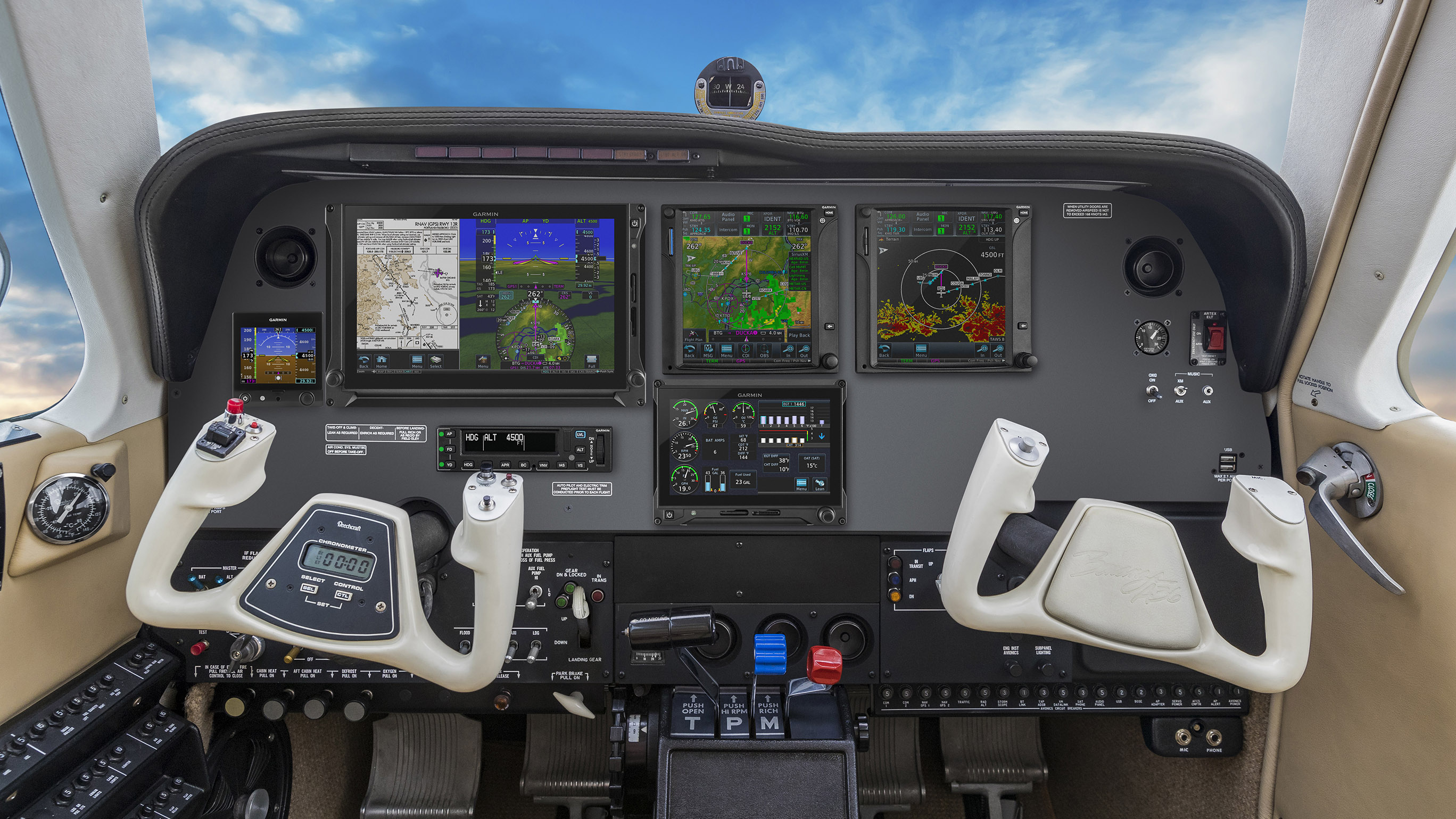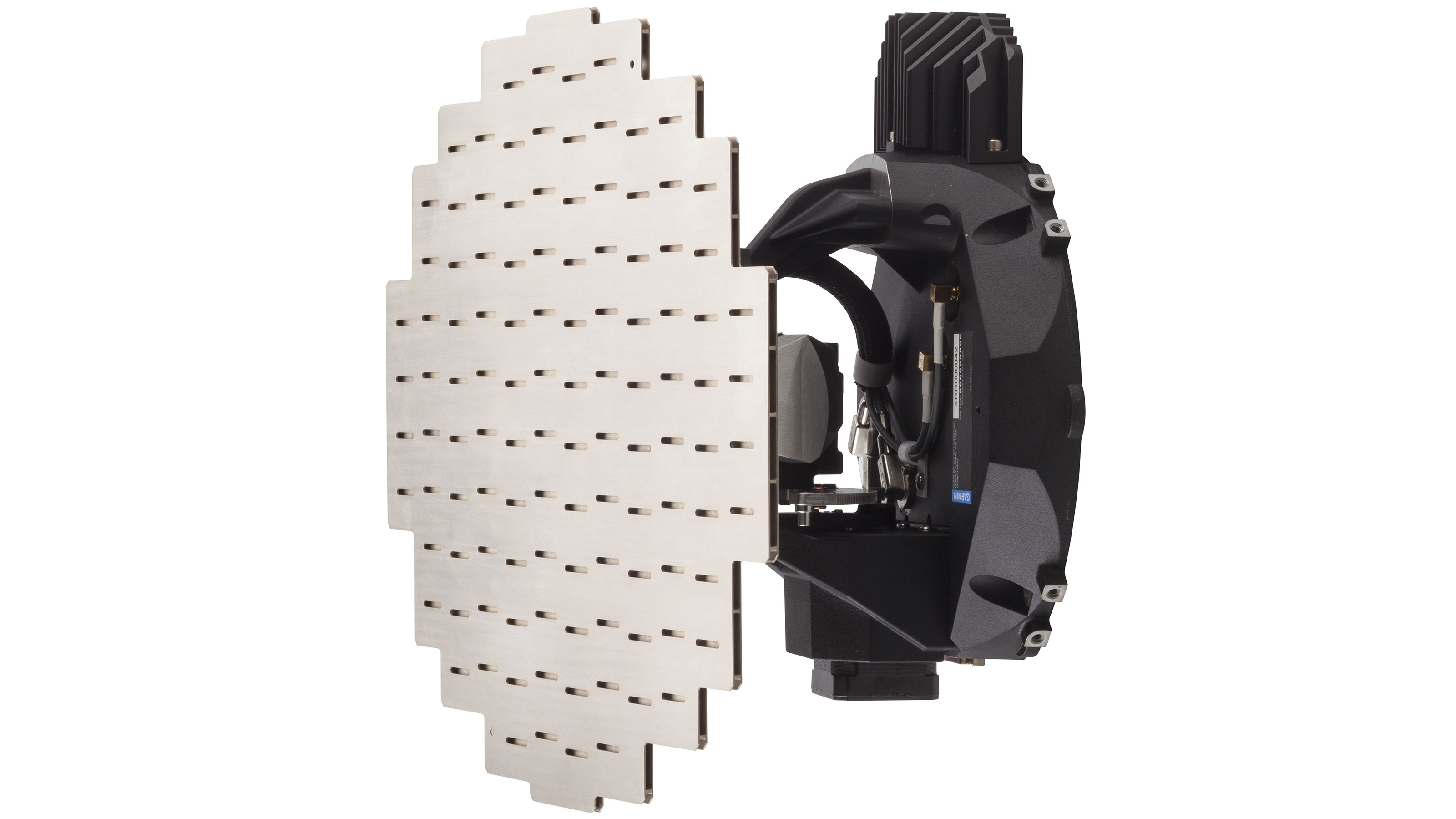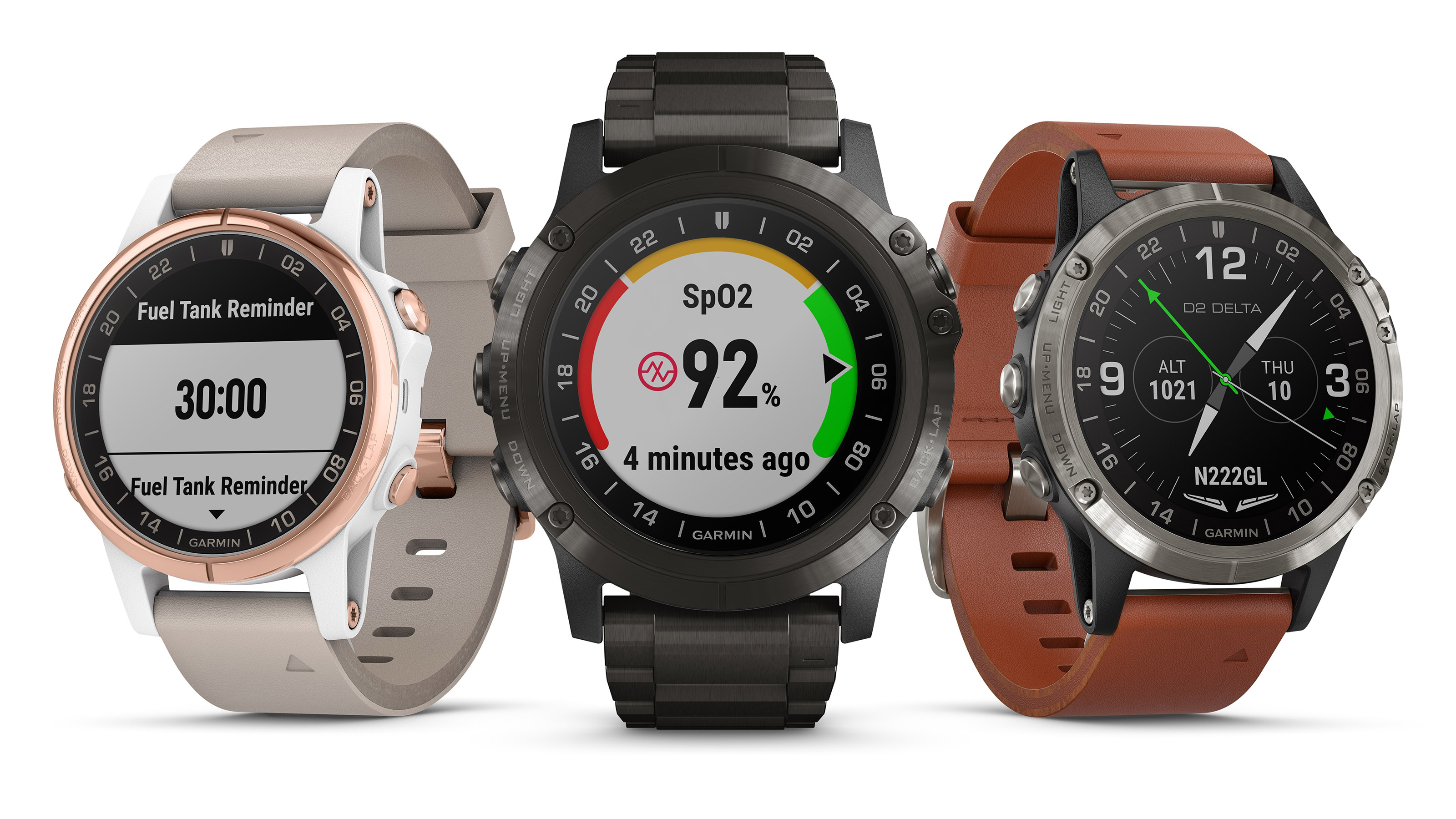Technology rules as Garmin reveals new releases
G5 flight instrument gains new standby status
Garmin announced a range of product updates and releases, headlined by the imminent approval of its G5 electronic flight instrument as a standby instrument in certified aircraft when paired with its G500 TXi or G500 flight displays.
The new features and products will be showcased at EAA AirVenture in Oshkosh, Wisconsin, July 23 to 29, with many of the software updates expected to become available in August.
In the announcement, Garmin said the product updates will add significant capability, more configuration options, and offer greater integration throughout the lines of GTN 650/750 touch-screen navigators, the G500 TXi/G600 TXi and G500/G600 flight displays, and GFC 600 and GFC 500 autopilots.
“The Garmin avionics ecosystem continues to provide pilots with optimized upgrade opportunities and unsurpassed capabilities within the cockpit,” said Carl Wolf, Garmin's vice president of aviation marketing and sales. “We are committed to providing pilots with scalable, value-oriented solutions when selecting their panel configurations. For customers with these products currently installed, these software updates offer greater operational potential and a broader feature set than any other avionics solution on the market.”
G5 as standby instrument
The G5 standby approval, expected soon, will apply to more than 600 aircraft. With the flight-display pairings, “any adjustments made to heading bugs, altitude select, airspeed bugs, as well as the barometric pressure setting are automatically synced from the G500 TXi or G500 displays to the G5.” Flight director and autopilot-mode annunciations from the GFC 500 can also be viewed across all displays, including the G5, Garmin said.
In descent planning, pilots can take advantage of VNAV profiles throughout en route and terminal flight phases within the GTN 650/750 touch-screen navigators when paired with the G500 TXi/G600 TXi, G500/G600, or G5. With an arrival or approach loaded and activated, the GTN automatically populates step-down altitudes or any applicable altitude restrictions. Pilots can enter an unpublished altitude restriction manually into the active flight plan under the VNAV field.
As part of the VNAV profile, top of descent and bottom of descent values are calculated and displayed on the moving map. When the GTN 650/750 series is paired with the GFC 600 or GFC 500 autopilot, pilots can select the VNAV button on the mode controller to fly a fully-coupled VNAV profile.
Aircraft owners will soon be able to pair the economical GFC 500 autopilot with the G500 TXi or G500 flight displays, “offering a fully-redundant, all-glass cockpit when paired with the G5,” Garmin added. In the “unlikely event of a G500 TXi flight display failure,” pilot workload would be reduced because the G5 remains coupled to the GFC 500 autopilot and would continue to fly normal autopilot modes.
Garmin also announced availability of course deviation indication, a popular feature in turbine-class aircraft. A CDI preview option allows pilots to view course and vertical deviation information prior to an instrument approach. When the GTN series is paired with the G500 TXi/G600 TXi or G500/G600, pilots can view the feature within the horizontal situation indicator or lateral deviation indicator on the flight display. With GPS the selected CDI source, a course pointer, lateral deviation, station ID, and the numeric inbound course automatically populate on the HSI in gray when an instrument approach is loaded. For ILS and GPS approaches with vertical guidance, a preview of the VDI also populates on the TXi series, G500/G600, or G5.
The Garmin Pilot app on Apple mobile devices will offer views of real-time engine information via Flight Stream 510, when the app is paired with an EIS-capable TXi flight display or the G1000 NXi integrated flight deck. Upon landing, the flight data log is wirelessly uploaded to the flyGarmin website and is stored securely within the app and on flyGarmin.
Flight display, navigator options

New options were noted for the TXi flight display family. The 10-inch TXi flight display can be configured to a 40-percent primary flight display and 60-percent mulifunction display split-screen layout. On a seven-inch portrait or landscape G500 TXi/G600 TXi, the displays can be configured to view moving map and single-engine information simultaneously. The seven-inch landscape TXi display can be used as a PFD, adding flexibility for space-limited panels. With a compatible camera, pilots can optionally display multiple video inputs on the MFD of a TXi display, and within EIS-capable TXi displays, pilots can select and view individual cylinder head temperature values.
Garmin has added features to its GTN 650/750 touch-screen navigators. New audible and visual terrain proximity alerts include “terrain ahead, pull up,” “obstacle ahead, pull up,” and “wire ahead.” An aural “five-hundred” annunciation is also available when the aircraft is on approach to land.
Also, pilots can set a user-defined waypoint as an airport, so terrain alerts are minimized while landing at an airport that is not in the aviation database. The GTN 650/750 and the G500 TXi/G600 TXi now offer a QWERTY keyboard. Irish, Swiss, and English coordinate systems are now supported, making it easier to enter GPS coordinates in various formats.
“These software updates are expected to be available in August from Garmin Authorized Dealers for hundreds of aircraft makes and models,” Garmin said, noting that the updates are available from Garmin at no charge. (A dealer installation charge may apply.)
Weather radar, eLearning

Garmin’s new GWX 75 weather radar is now supported by the GTN touch-screen navigators and the G500 TXi/G600 TXi flight displays. The weather radar offers four times more color contouring than typically found on other weather radars on the market, Garmin said.
“Intended for a wide range of aircraft, the Doppler-based, solid-state GWX 75 incorporates exceptional range and a new, enhanced color palette that features more color contouring than traditional weather radar on the market. A helicopter version of the weather radar, the GWX 75H, is also available. Optional features such as turbulence detection and ground clutter suppression are also available with the GWX 75,” Garmin said.
Garmin also launched a new Weather Radar Operations eLearning course, available now from the flyGarmin website.
Engine data display

Garmin announced enhancements to the Garmin Pilot feature set for Apple and Android mobile devices including wireless real-time display and playback of engine data, via Flight Stream 510 when the app is paired with an EIS-capable TXi flight display or the G1000 NXi integrated flight deck.
A new document viewer provides access to the Garmin aviation library and popular cloud storage providers. New features for Android include weight-and-balance calculations and several other flight-planning functions. Various additional enhancements were expected for devices using both operating systems, as detailed in Garmin’s news release.
Autopilot retrofits
Garmin noted progress in obtaining approvals for aircraft to use GFC 600 and GFC 500 autopilots, introduced last year. Certification was “imminent” for Beechcraft Bonanza/Debonair (C33, E33, F33, G33), Cessna 210, and Grumman AA-5 aircraft for the GFC 500 autopilot. Beechcraft Baron (58P, 58TC) and Cessna 208B aircraft were to be added to the approved list for the GFC 600, “with many more soon to follow,” Garmin said.
The GFC 600 autopilot is available starting at a suggested retail price of $19,995 for a two-axis autopilot with electric pitch trim. The GFC 500 starts at a suggested retail price of $6,995 for a two-axis autopilot and can be purchased with the G5 electronic flight instrument for a suggested retail price of less than $10,000.
D2 Aviation watches

Garmin announced the D2Delta PX, D2 Delta S, and D2 Delta aviator watch series of new GPS-enabled smartwatches "built in a variety of sizes and personalities for pilots and aviation enthusiasts."
All D2 Delta watches offer wireless connectivity with select Garmin avionics, Garmin Pay contactless payment solution, storage for music playlists, Bluetooth capability, and other features.
The D2 Delta PX incorporates a built-in wrist-based pulse oximeter for oxygen saturation awareness. The D2 Delta S features a stylish rose gold-tone bezel and is lighter, sleeker, and smaller than previous D2 models. At 42mm, the D2 Delta S is ideal for smaller wrists and comes with a beige leather strap, Garmin said. The D2 Delta measures 47mm and has a silver titanium bezel and a brown leather strap.



